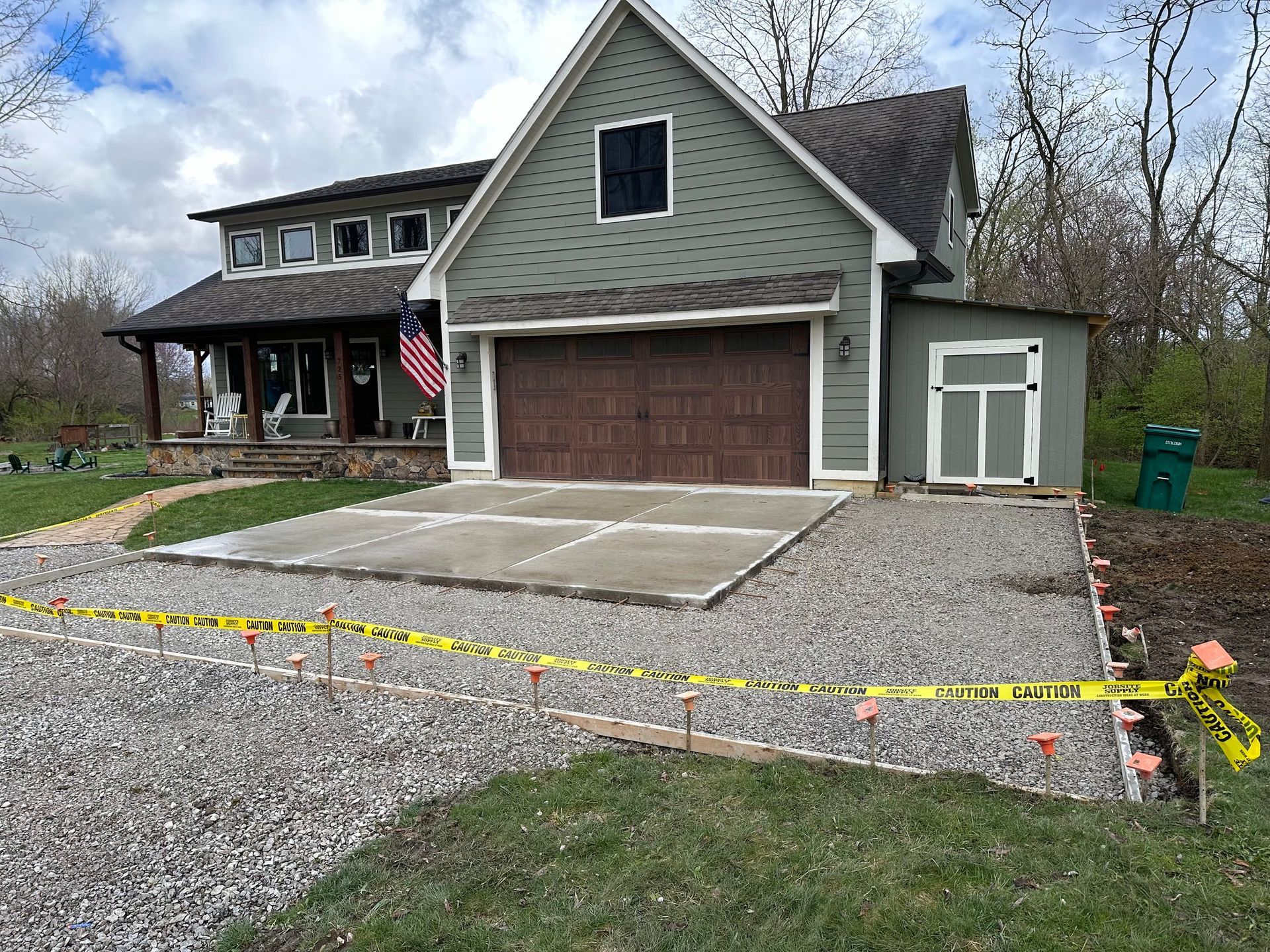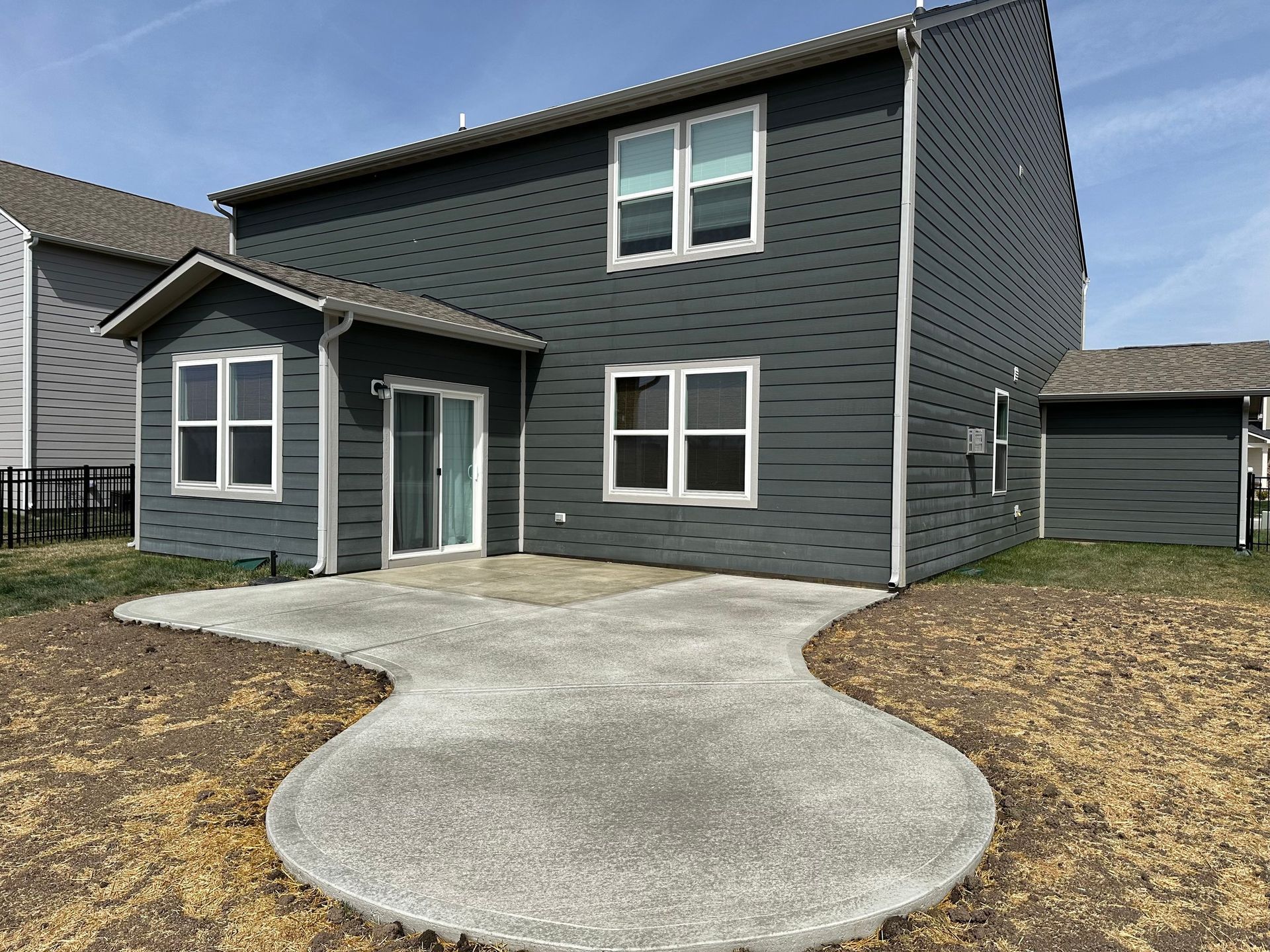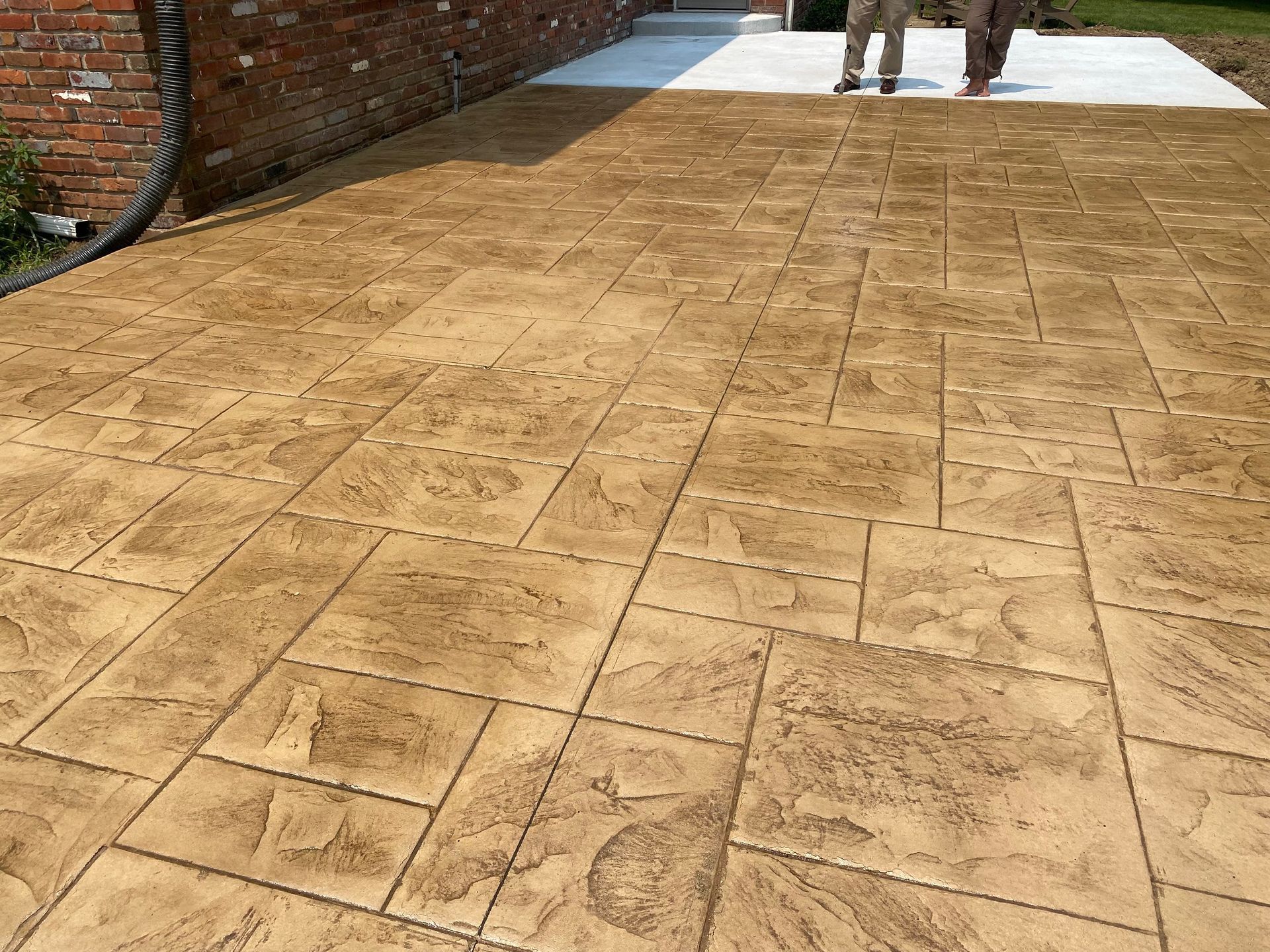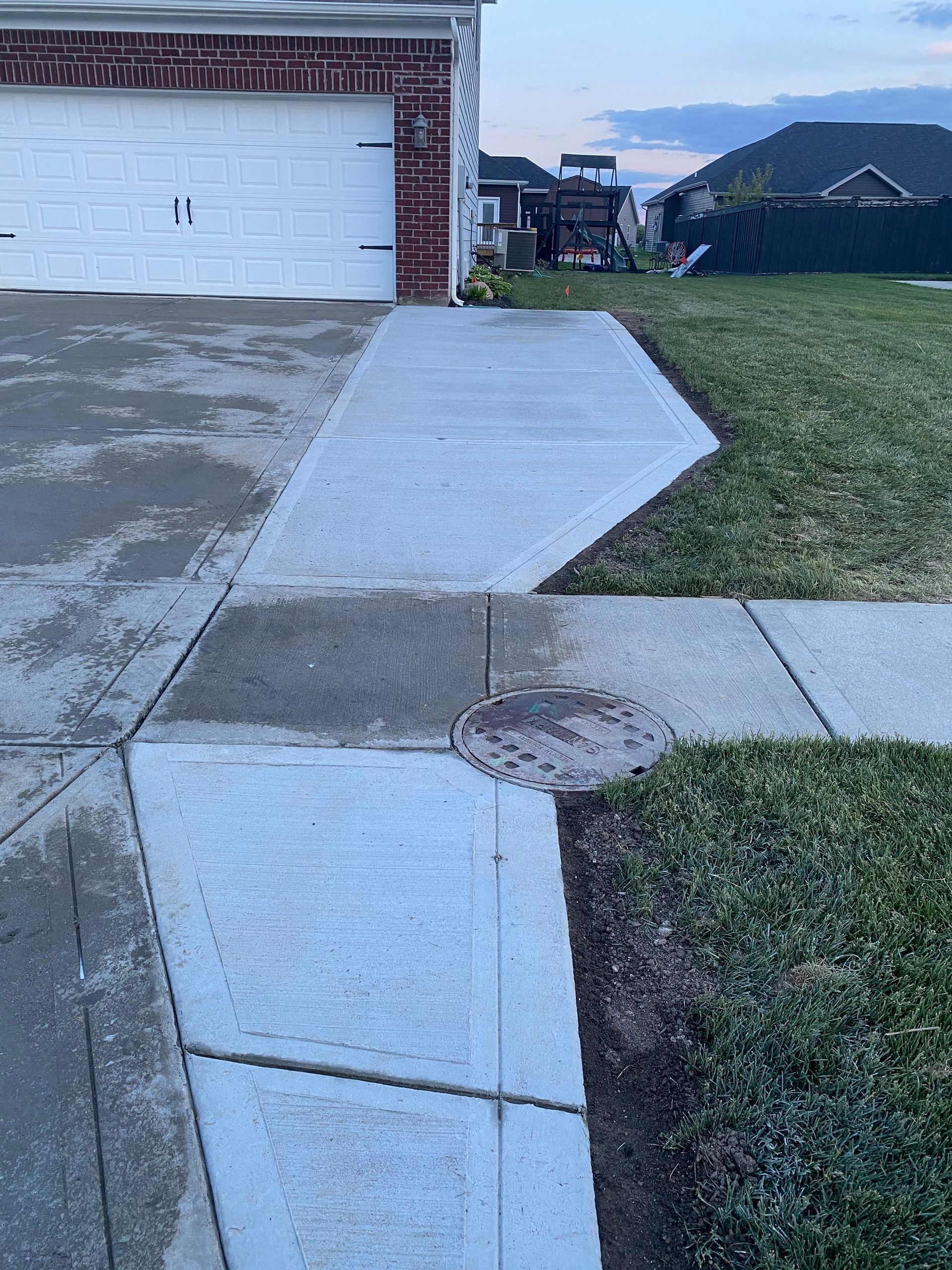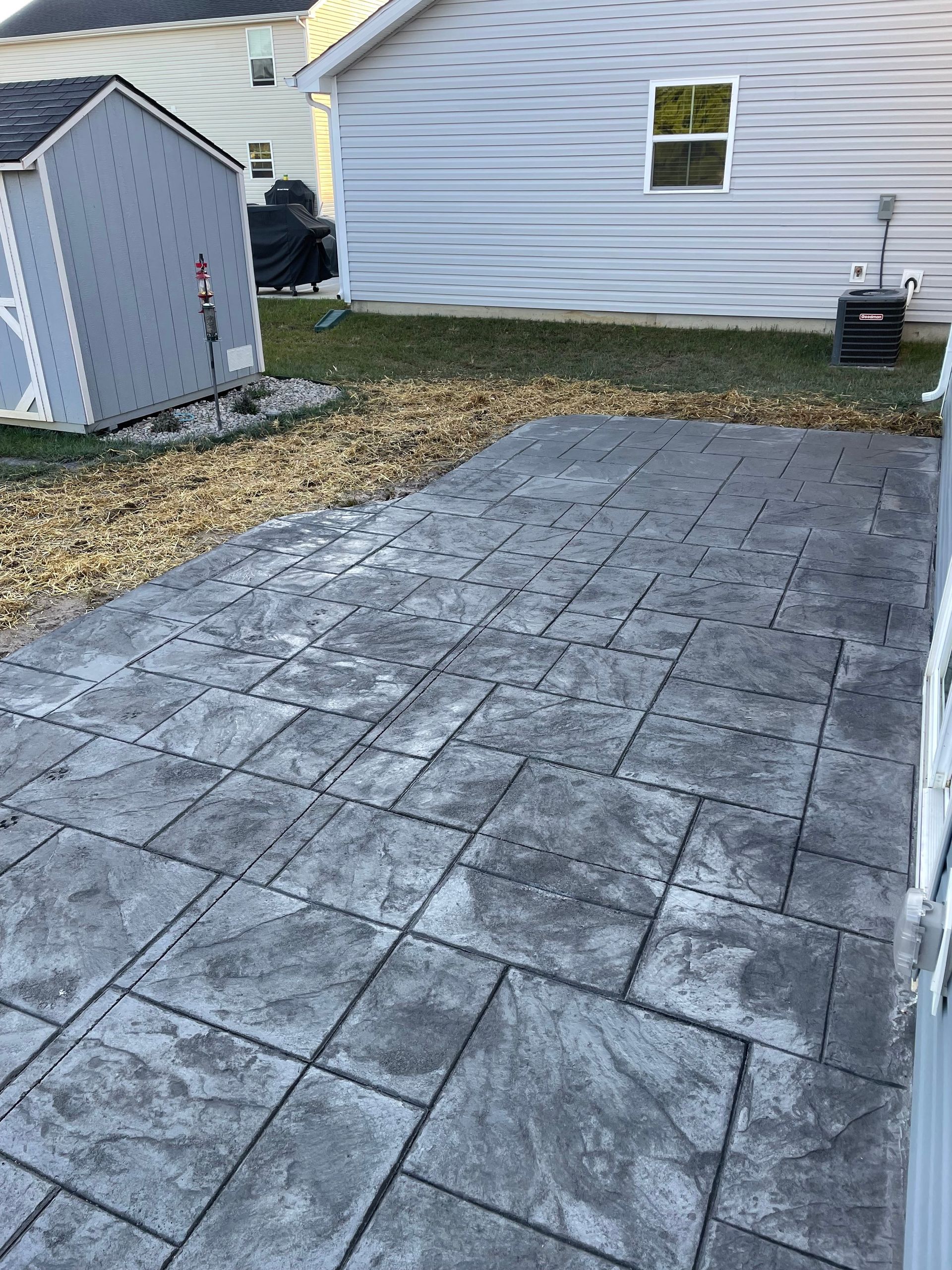Why Does Concrete Crack
Concrete, renowned for its durability and strength, is a staple material in construction projects worldwide. However, one common issue that homeowners and builders encounter is the occurrence of cracks in concrete surfaces. Understanding why concrete cracks is essential for effectively managing and preventing this issue.
Firstly, one primary cause of concrete cracking is shrinkage. During the curing process, water within the concrete mixture evaporates, causing the material to shrink slightly. This shrinkage can create internal stresses within the concrete, leading to the formation of cracks. Factors such as the water-to-cement ratio, ambient temperature, and humidity levels can influence the extent of shrinkage and subsequently impact the likelihood of cracking.
Another significant factor contributing to concrete cracking is external loading or structural movement. Heavy loads, such as vehicles driving over a concrete driveway or seismic activity in earthquake-prone regions, can exert significant stress on concrete surfaces. Over time, this stress can exceed the concrete's capacity to withstand it, resulting in cracks. Properly reinforcing concrete structures and designing expansion joints to accommodate movement are crucial strategies for mitigating these types of cracks. Additionally, inadequate preparation of the subgrade or improper installation techniques can create uneven support for the concrete, leading to settlement cracks over time.
Since concrete cracks, it is imperative to properly mitigate where those cracks will occur, which is why you see saw cuts or tooled finishes on installations. Properly jointed concrete helps limit the opportunities for concrete to crack in ways that is less than ideal for the long term durability of the structure.
While concrete is a robust and versatile building material, it is susceptible to cracking due to various factors such as shrinkage during curing, external loading, and inadequate preparation or installation. By understanding these underlying causes, homeowners and builders can take proactive measures to minimize the risk of concrete cracks, ensuring the longevity and structural integrity of their concrete surfaces.
